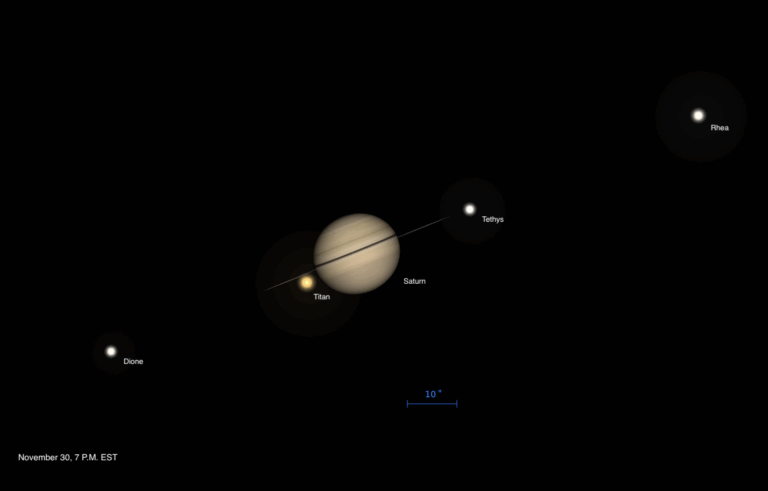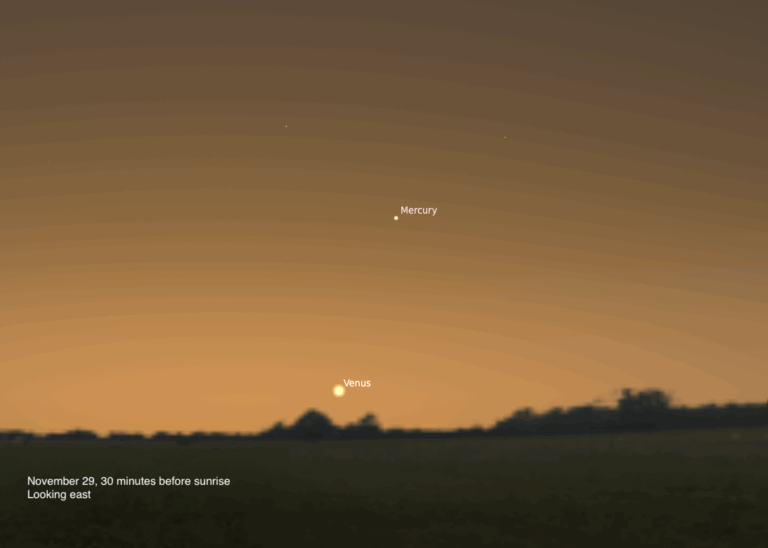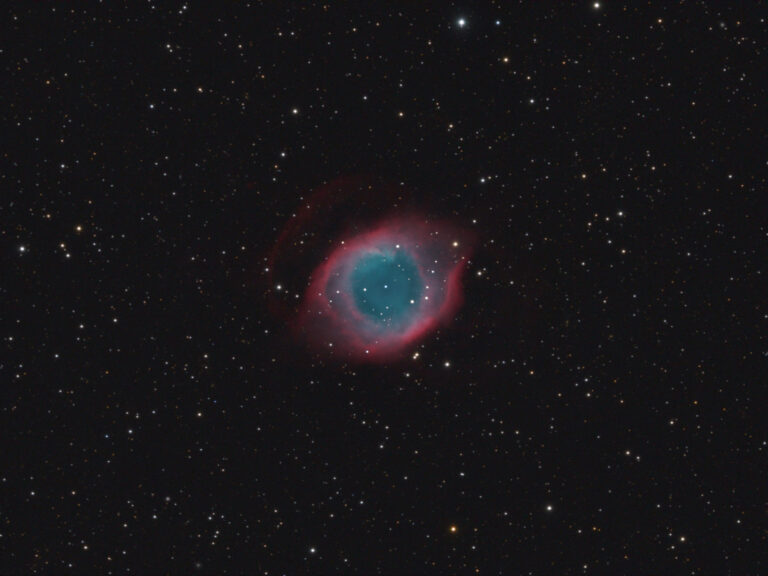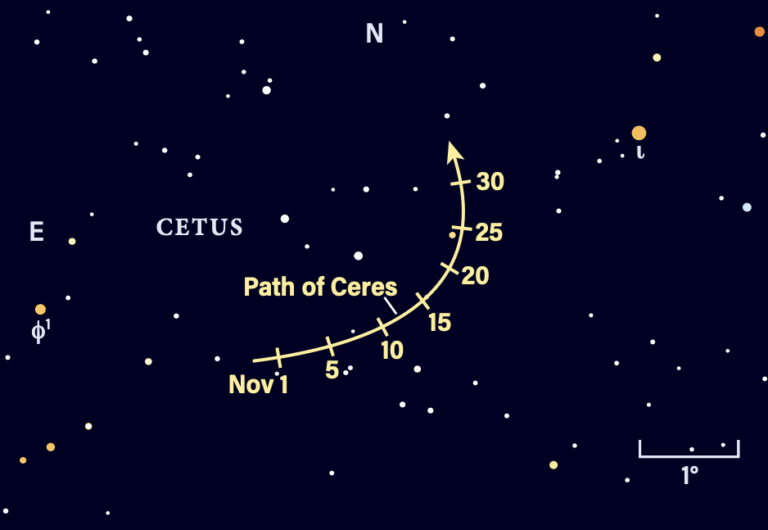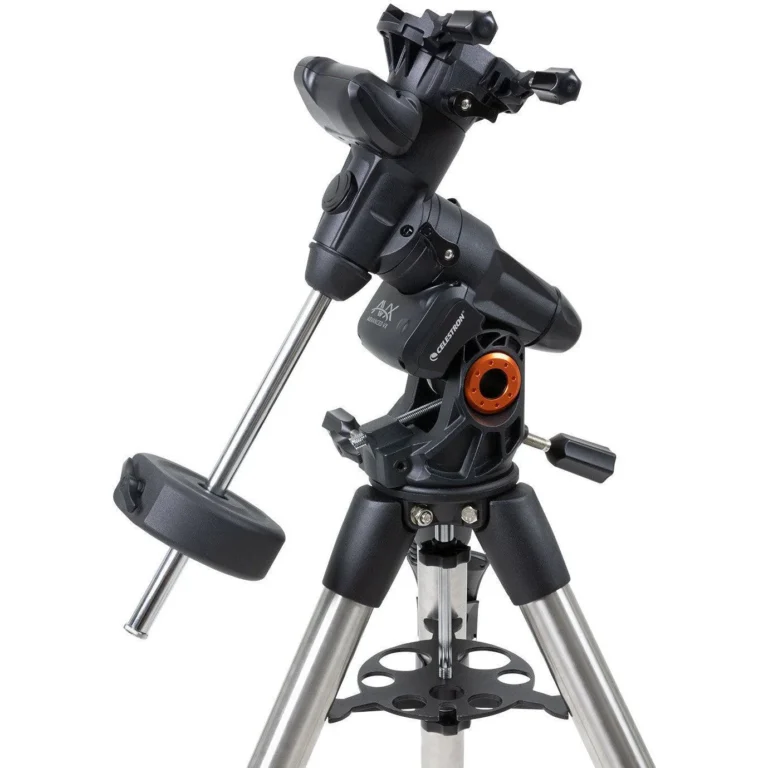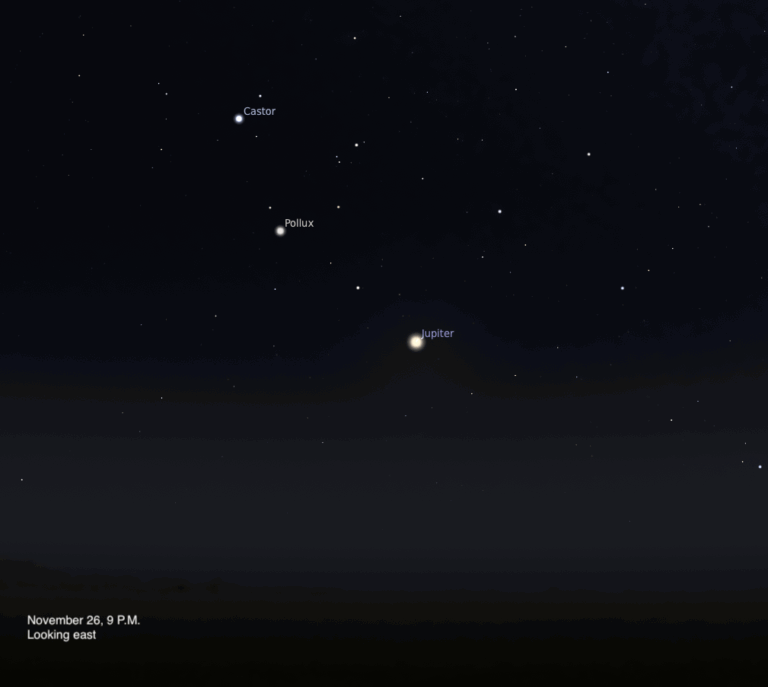Key Takeaways:
- The Great Square of Pegasus is analogized as a "celestial baseball diamond" visible during autumn, serving as a framework for identifying various celestial objects.
- Key stellar positions include Scheat (Beta Pegasi) as home plate, Alpheratz (Alpha Andromedae) as first base, Algenib (Gamma Pegasi) as second base, and Markab (Alpha Pegasi) as third base, each possessing distinct characteristics such as spectral type or rotational speed.
- Further components of this celestial "ballgame" analogy encompass Psi Pegasi (a red giant "runner"), the stars Tau (τ) and Upsilon (υ) Pegasi representing the catcher and pitcher, respectively, and Matar as the "umpire star."
- The observed field also includes the Delphinus Minor asterism and the spiral galaxy NGC 7331, situated approximately 45 million light-years away and shining at 10th magnitude, which is described as a "special fan" behind home plate.
As the Philadelphia Phillies and the Houston Astros deck it out in the World Series, baseball is coming to a close for the year. But you can keep the season going into extra innings by gazing up at the Great Square of Pegasus throughout autumn. That’s how the Great Square was introduced to me decades ago: as a celestial baseball diamond.
The star Scheat, or Beta (β) Pegasi if you prefer, marks home plate at the square’s northwest corner. This red giant appears more orange through binoculars, but defocusing the field slightly will heighten the color. When we look toward Scheat, we are looking at our future Sun, which will evolve into a red giant in around 5 billion years.
Who’s on first? On Pegasus’ cosmic team, Alpheratz (Alpha [α] Andromedae), a blue-white inferno, is at first base.
Technically, first base is in foul territory since it resides in Andromeda, not Pegasus like the rest of our celestial diamond. But this all-star does have a second (outdated) designation: Delta (δ) Pegasi. When Johann Bayer published the Uranometria in 1603, he designated stars in each constellation using Greek letters and gave Alpheratz this other designation. And although the International Astronomical Union eliminated this and several other duplicate star designations in 1930, I think we can still count Alpheratz on our team.
On the opposing team, it looks like there’s a runner on first who is thinking about stealing second, judging by his lead. That runner is Psi (ψ) Pegasi, a 5th-magnitude star off the baseline and inside the infield. You’ll probably need binoculars to spot it. Like Scheat at home plate, Psi is also a red giant. Can you spot its ruddy tint?
Between Alpheratz and Psi is a fainter star, 85 Pegasi. Giant binoculars will show that 85 is not one but two stars separated by about 33″. The brighter of the pair shines at 6th magnitude, while its companion only ranks 9th.
And what’s on second? It’s Algenib (Gamma [γ] Pegasi), another blue-white subgiant.
Markab (Alpha Pegasi) has been on third for some 200 million years. Markab is a subgiant star that appears pure white through binoculars. You wouldn’t know by looking at it, but Markab rotates at the breakneck speed of around 290,000 mph (468,000 km/h). Our Sun spins at only 4,400 mph (7,100 km/h).
Wait a minute. It looks like our catcher is conferring with the pitcher near the mound. Aim your binoculars about a third of the way from Scheat to Algenib to find the catcher, Tau (τ), and the pitcher, Upsilon (υ) Pegasi. Both shine near magnitude 4.5, so may be visible even without binoculars on clear nights. They are separated by about a degree and form a nice pair through 4x to 6x pocket binoculars.
If you look about halfway between third base and home, west (right) of the baseline, you may notice four faint stars in a diamond spanning 1/2°, with a fifth star just 3/4° southwest. That little asterism is called Delphinus Minor after its resemblance to the constellation Delphinus. Who knew that the Dolphins also played baseball!
The Great Ballfield of Pegasus has more than its fair share of outfielders as well as fans in the stands, but there’s a special fan seated behind home plate. Spiral galaxy NGC 7331 is sometimes called Andromeda Junior for its miniaturized resemblance to the Andromeda Galaxy. This fan gets a great view of our umpire star, Matar, which lives just 4.5° south-southeast. Lying about 45 million light-years away, NGC 7331 shines at just 10th magnitude, making it a challenging target in binoculars. Through my 10x50s, I can just make out its faint, oval glow northeast of an arc of faint stars. Can you spy it?
Comments, questions, suggestions? Contact me through my website, philharrington.net. Until next month, remember that two eyes are better than one.
Editor’s note: A correction has been made to this column post-print. NGC 7331 is 45 million light-years distant, not Matar. Additionally, the image has been updated to show the correct placement of Delphinus Minor.


